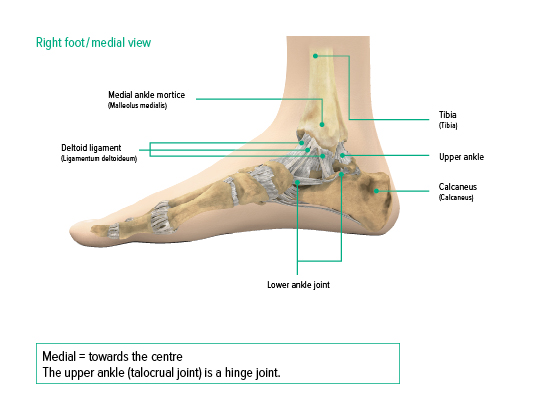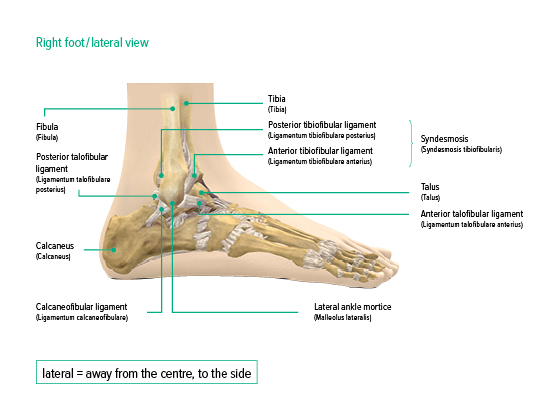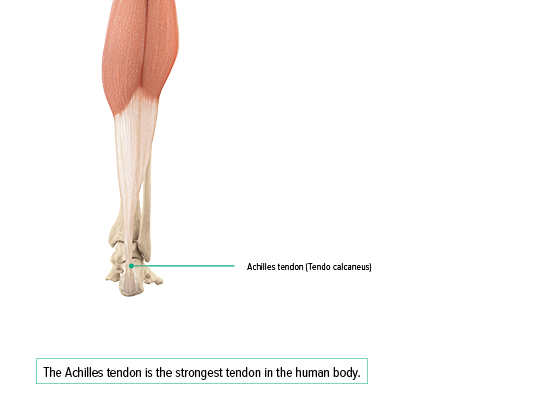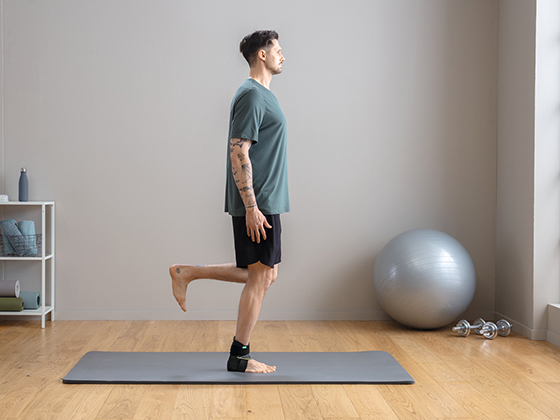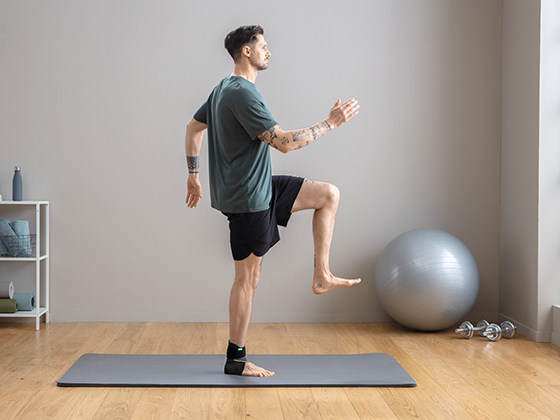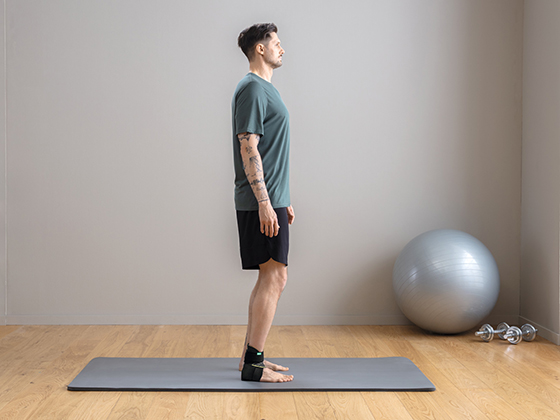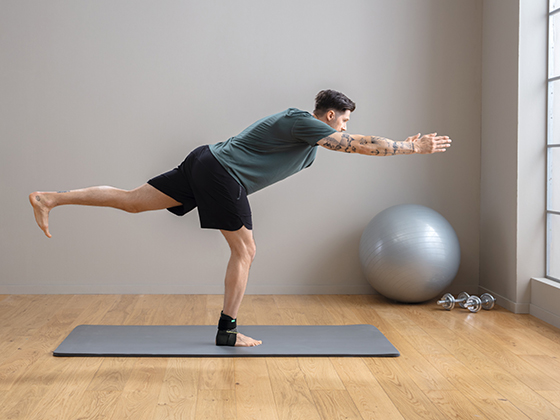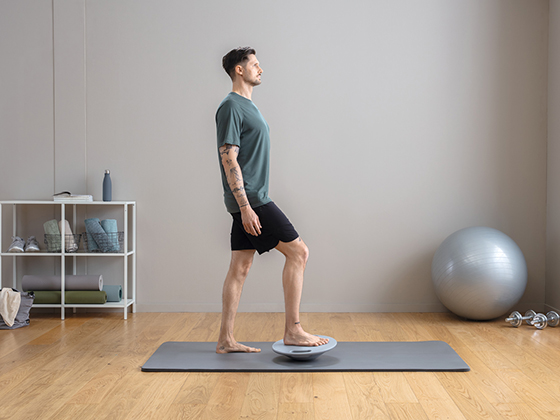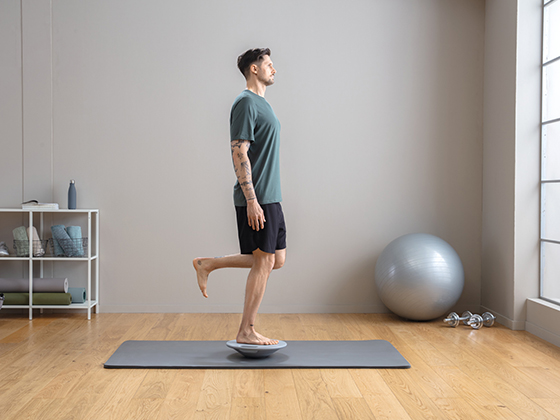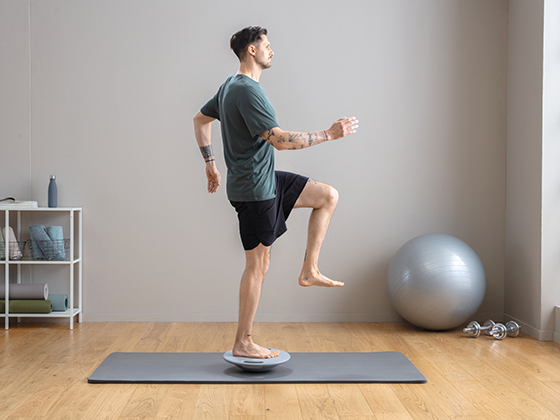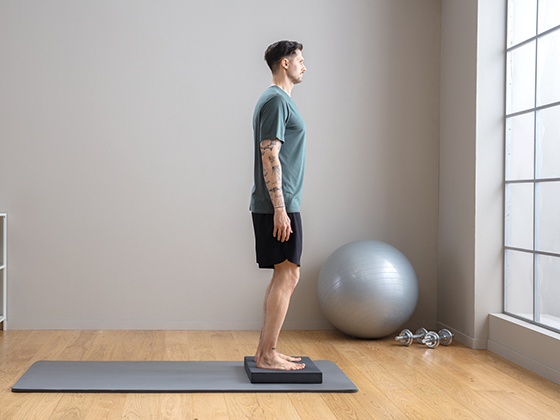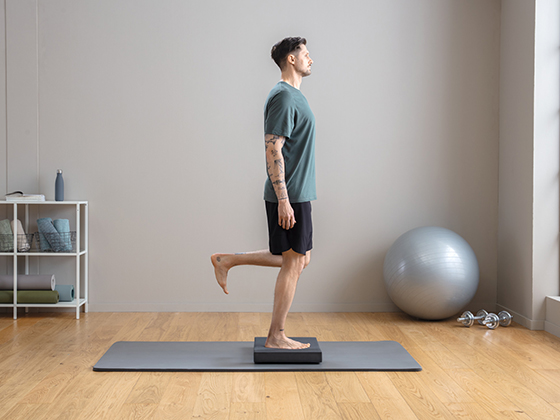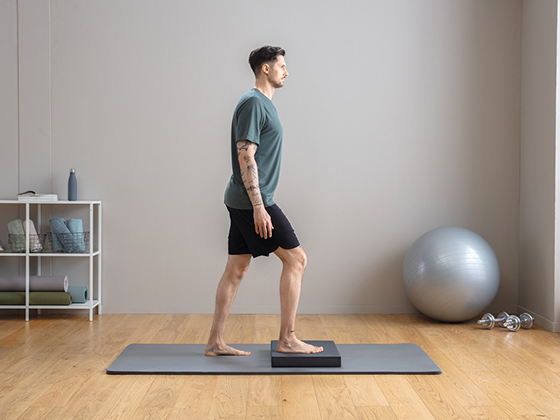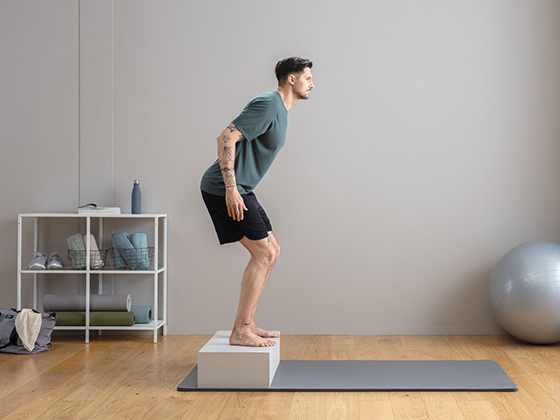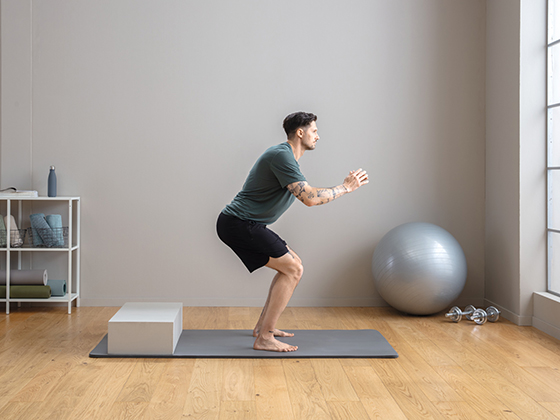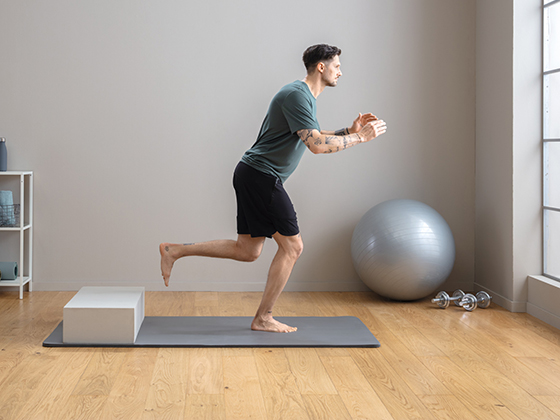Not everyone’s ligaments can cope with the same amount of strain. Additionally, ligament instabilities can remain as a consequence of an injury that has not healed fully. The ligaments in the ankle joint take approximately 9 months to completely stabilise and strengthen again. Incomplete healing of the ligaments or misalignment of the foot triggered, for example, by adopting a relief posture in the recovery period makes it more likely for patients to twist their ankle again or be less sure-footed after an injury. This is particularly the case for sporting activities or walking on uneven ground.
Chronic ligament instabilities could be prevented in a lot of cases, but more often than not, injuries to the ankle and ligaments of the foot remain untreated or insufficiently treated during the acute phase, i.e. immediately after the accident. Patients do not take their symptoms seriously, for example, or go to the doctor too late. As a result, every second person will experience problems not just in the foot, but also in other joints during their lifetime.
When left untreated, chronic instability of the upper and lower ankle joint is considered as a pre-osteoarthritic deformity, i.e. a risk factor for the development of osteoarthritis. In its final stage, complex treatment is generally required, such as orthopaedic footwear, joint replacement or stiffening surgery.

